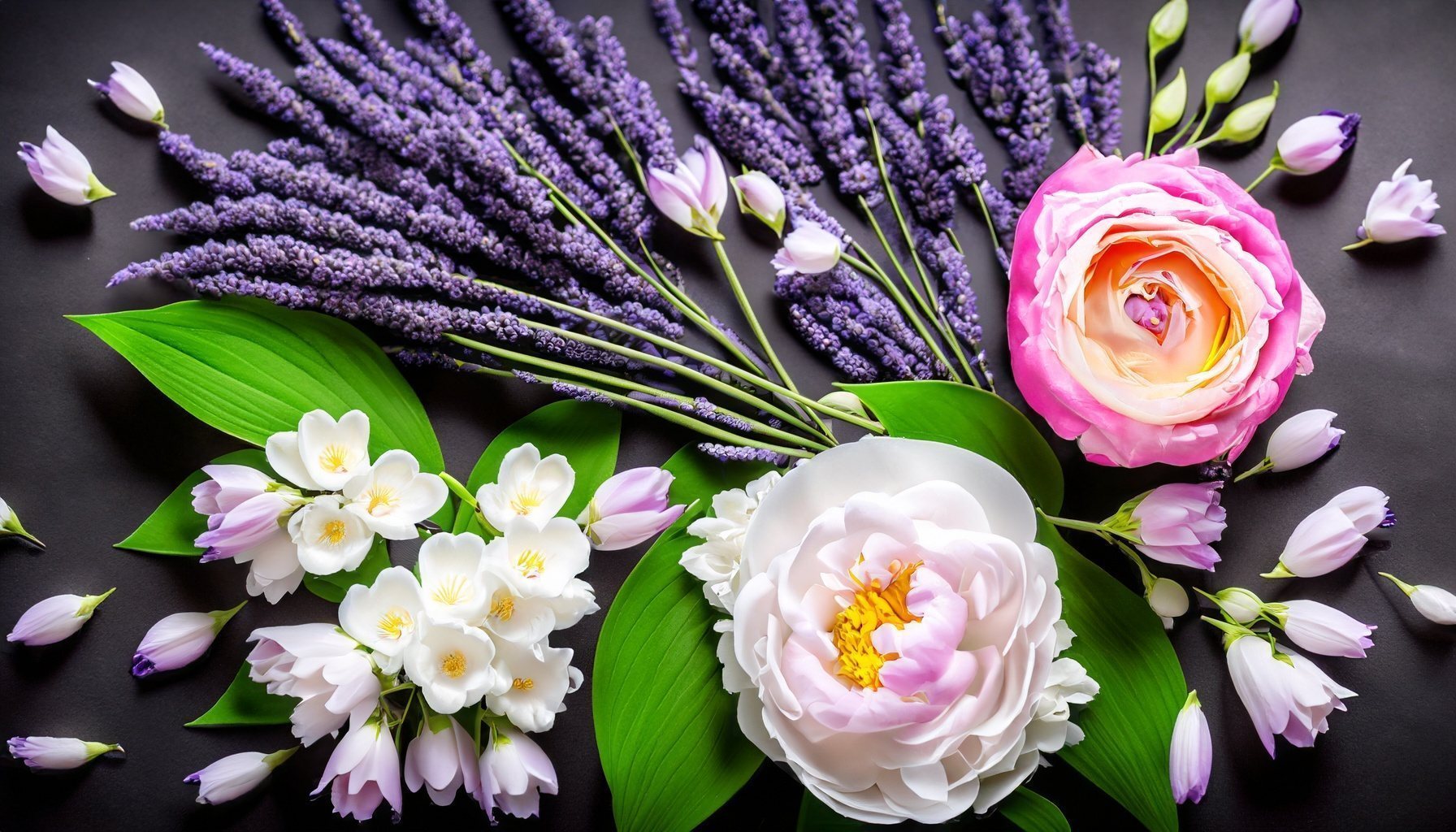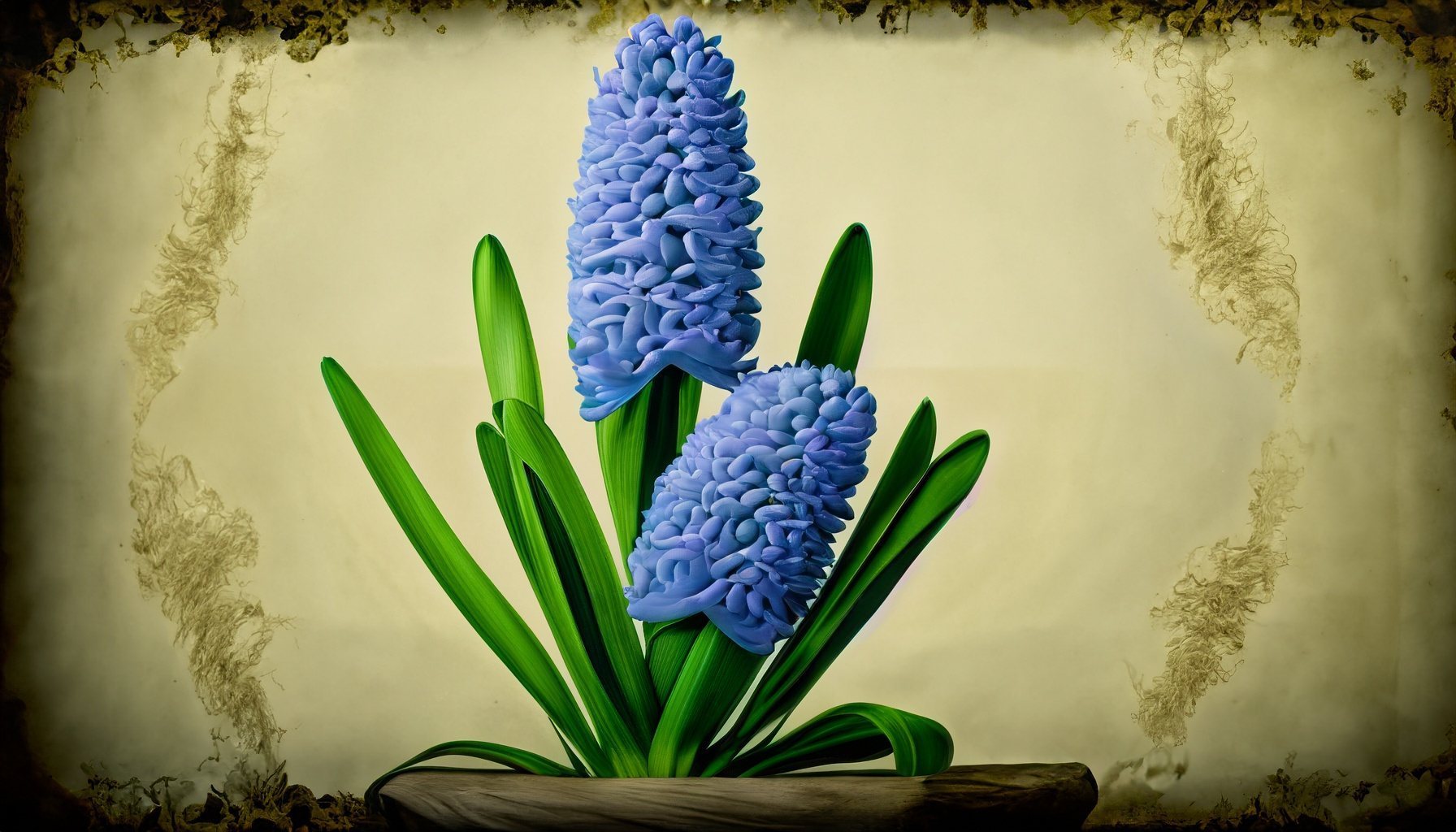
Flowers can represent a range of emotions, feelings, and sentiments depending on their type, color, and context in which they are given. Here’s a general list of some common flowers and the emotions or sentiments they typically symbolize.
1. Roses:
- Red Roses: Love, respect, and admiration
- Yellow Roses: Friendship, joy, and happiness
- White Roses: Purity, innocence, and sympathy
- Pink Roses: Appreciation, gratitude, and grace
- Orange Roses: Enthusiasm, energy, and desire
2. Tulips:
- Red Tulips: Perfect love
- Yellow Tulips: Hope and cheerful thoughts
- White Tulips: Forgiveness and purity
3. Daisies:
- Innocence, purity, and cheerfulness
4. Sunflowers:
- Adoration, loyalty, and longevity
5. Lilies:
- White Lilies: Purity and virtue
- Calla Lilies: Beauty
- Stargazer Lilies: Ambition and encouragement
6. Orchids:
- Exotic beauty, strength, and love
7. Carnations:
- Red Carnations: Love and affection
- Pink Carnations: Gratitude and motherly love
- White Carnations: Purity and luck
8. Violets:
- Faithfulness, modesty, and virtue
9. Daffodils:
- New beginnings, rebirth, and eternal life
10. Chrysanthemums:
- Red Chrysanthemums: Love
- White Chrysanthemums: Truth and loyal love
- Yellow Chrysanthemums: Neglected love or sorrow
It’s essential to consider the cultural and regional differences in flower symbolism as they can vary greatly. Always consider the recipient’s cultural background and personal preferences when selecting flowers to convey a particular emotion or sentiment.

